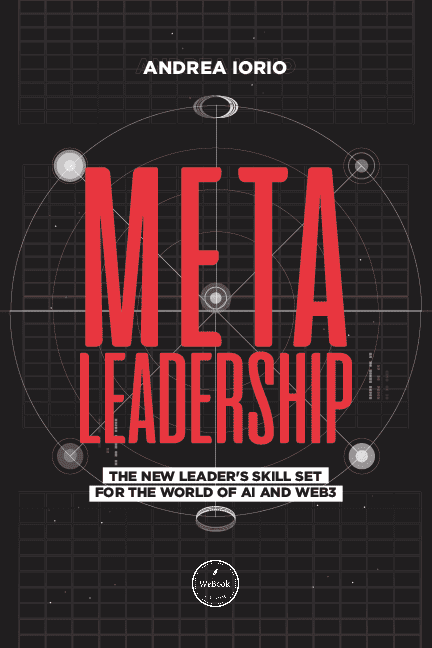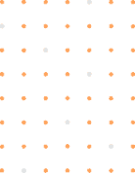A few years ago, amid the Bitcoin and cryptocurrency hype, there was significant concern about the environmental costs associated with this new type of economy. Specifically, the focus was on Bitcoin. The Cambridge Centre for Alternative Finance (CCAF) estimated that as of 2022, Bitcoin started consuming 131 terawatt-hours (470 petajoules) annually, accounting for 0.29% of global energy production and 0.59% of global electricity production. Bitcoin mining was ranked between Ukraine and Egypt in terms of electricity consumption. Why is this the case? Primarily due to the Bitcoin mining process. In 2022, it was estimated that Bitcoin mining was responsible for 0.1% of global greenhouse gas emissions. Another environmental impact is air pollution caused by coal-based electricity generation, and a third is electronic waste due to the short lifespan of Bitcoin mining equipment.
Today, with the increasing use of Artificial Intelligence (AI), similar questions are arising about its environmental impact. However, it's essential to remember that AI also has the potential to contribute to climate change mitigation.
Before we proceed, let's hear a statement from Gert Leonardt, a prominent futurist and speaker, discussing all of this. Watch the video below and don't forget to enable YouTube subtitles.
"I believe that's where we are all headed; I think we are moving towards a world where this is quite evident. The transition is painful, but sustainable economy not only costs money, it also generates money. That's the good news. Yes, going through this transition is expensive, but this graph from BlackRock, one of the world's largest investors, essentially shows that the green line represents spending on infrastructure, reducing climate damage, and transition costs. In the end, we end up with more, not less. And that's good news, and it's also something new that we can see in this way. The World Economic Forum's graph shows a trillion dollars in new revenues, and they say there will be 395 million new jobs in 20 years. That's a bit optimistic; I don't know if it would be 395 billion new jobs, but many new jobs. Okay, so we are changing our way of thinking and our world, moving from extraction and exploitation that comes from oil and gas to Facebook, which essentially extracts information from you, to the world of creation. And that is the path for Europe, for our future. We can be global leaders in sustainability; we can also be global leaders in protecting humans against extraction, as we see with the Digital Markets Act and others, right? And clearly, what is evolving is that being sustainable is the new lucrative."
Artificial Intelligence (AI) is often presented in binary terms both in popular culture and political analysis. It either represents the key to a futuristic utopia defined by the integration of human intelligence and technological prowess, or it is the first step towards a dystopian rise of machines. This binary thinking is also practiced by academics, entrepreneurs, and even activists regarding the application of AI in combating climate change. The singular focus of the technology industry on the role of AI in creating a new technological utopia obscures the ways in which AI can exacerbate environmental degradation, often in ways that directly harm marginalized populations. To harness AI in the fight against climate change in a manner that embraces its technological promise and acknowledges its heavy energy usage, technology companies leading AI development need to explore solutions for the environmental impacts of AI.
Artificial Intelligence (AI) can be a powerful tool in the fight against climate change. For example, AI-powered autonomous cars can reduce emissions by 50% by 2050 by identifying the most efficient routes. Implementing AI in agriculture yields higher returns; peanut producers in India achieved a 30% larger harvest using AI technology. Additionally, AI can provide faster and more accurate analyses of satellite images, identifying disaster-stricken areas that need assistance or areas where deforestation is occurring. AI-driven data analysis can also help predict dangerous weather patterns and increase accountability by accurately monitoring whether governments and companies are meeting their emission goals.
However, AI and the broader internet and communications industry have faced increasing criticism for consuming exorbitant amounts of energy – reminiscent of the issue with Bitcoin. Consider data processing, for instance. Supercomputers used to run cutting-edge AI programs are powered by the public electricity grid and supported by backup diesel generators. The training of a single AI system can emit over 250,000 pounds of carbon dioxide. In fact, the use of AI technology across sectors produces carbon dioxide emissions at a level comparable to the aviation industry. These additional emissions disproportionately impact historically marginalized communities that often reside in highly polluted areas and are more directly affected by the health risks of pollution.
Recently, AI scientists and engineers have responded to these criticisms and are exploring new sources to power data farms. However, even ostensibly more sustainable energy sources, such as rechargeable batteries, can exacerbate climate change and harm communities. Most rechargeable batteries are built with lithium, a rare earth metal whose extraction can have negative effects on marginalized communities. Lithium extraction, driven by increasing demand for cleaner energy sources, requires massive water usage, on the order of 500,000 gallons of water for every ton of lithium extracted. In Chile, the world's second-largest lithium producer, indigenous communities like the Copiapó people in the north often clash with mining companies over land and water rights. These mining activities are so water-intensive that the Energy Research Institute reports they have consumed 65% of the region's water in the Salar de Atacama. This water loss damages and permanently depletes wetlands and water sources, leading to the endangerment of native flora and fauna species and affecting local populations. Portraying lithium as "clean" energy simply because it is less disastrous for the environment than diesel or coal is a false dichotomy that discourages stakeholders from seeking newer and more environmentally friendly energy sources.
The development of artificial intelligence technology is a symbol of incredible progress; however, progress is not one-size-fits-all, and the companies developing these technologies have a responsibility to ensure that marginalized communities do not bear the brunt of the negative side effects of the AI revolution.
Some data farms have transitioned to operate entirely on clean energy. For example, data farms in Iceland largely run on clean energy powered by the island's hydroelectric and geothermal resources, making the country a popular location for new data centers. These data centers also don't need to be cooled by energy-intensive fans or air conditioning – Iceland's cool climate is sufficient. However, Iceland is particularly suited to hosting data processing centers, and most countries cannot replicate the unique environmental conditions.
Large data companies can avoid the pitfalls of lithium batteries by using physical batteries. Made of concrete, these batteries store gravitational potential energy in elevated blocks of concrete that can be tapped into at any point. This is not a far-fetched idea – in a Swiss valley, two 35-ton concrete blocks are suspended by a 246-foot tower. These are an initial prototype of what a physical battery could look like, and together, they store enough energy to power two thousand homes (two megawatts). Physical batteries are a potential alternative to lithium batteries with lower environmental costs and can be built using commonly available materials, such as concrete.
The U.S. government, through the Department of Energy and the Defense Advanced Research Projects Agency (DARPA), has invested billions of dollars in improving lithium batteries, especially by creating solid-state lithium-ion batteries that could provide better safety, energy density, and lifespan compared to traditional lithium-ion batteries. Some private companies have committed to expanding the use of lithium-ion technology in their facilities, including Google, which has created a pilot program to eliminate diesel generators in some data centers and replace them with lithium-ion batteries. These investments are not sufficient, especially at a time when electric vehicle manufacturers and the U.S. government are making multi-billion-dollar investments in new battery types. Technology companies need to do more to help address the energy use and storage issues posed by AI.
AI presents a host of advantages in addressing the current climate crisis, but the potential environmental side effects are hard to ignore. Technology companies are often praised for their creativity and ingenuity and need to apply these skills to solve the problems associated with artificial intelligence.









